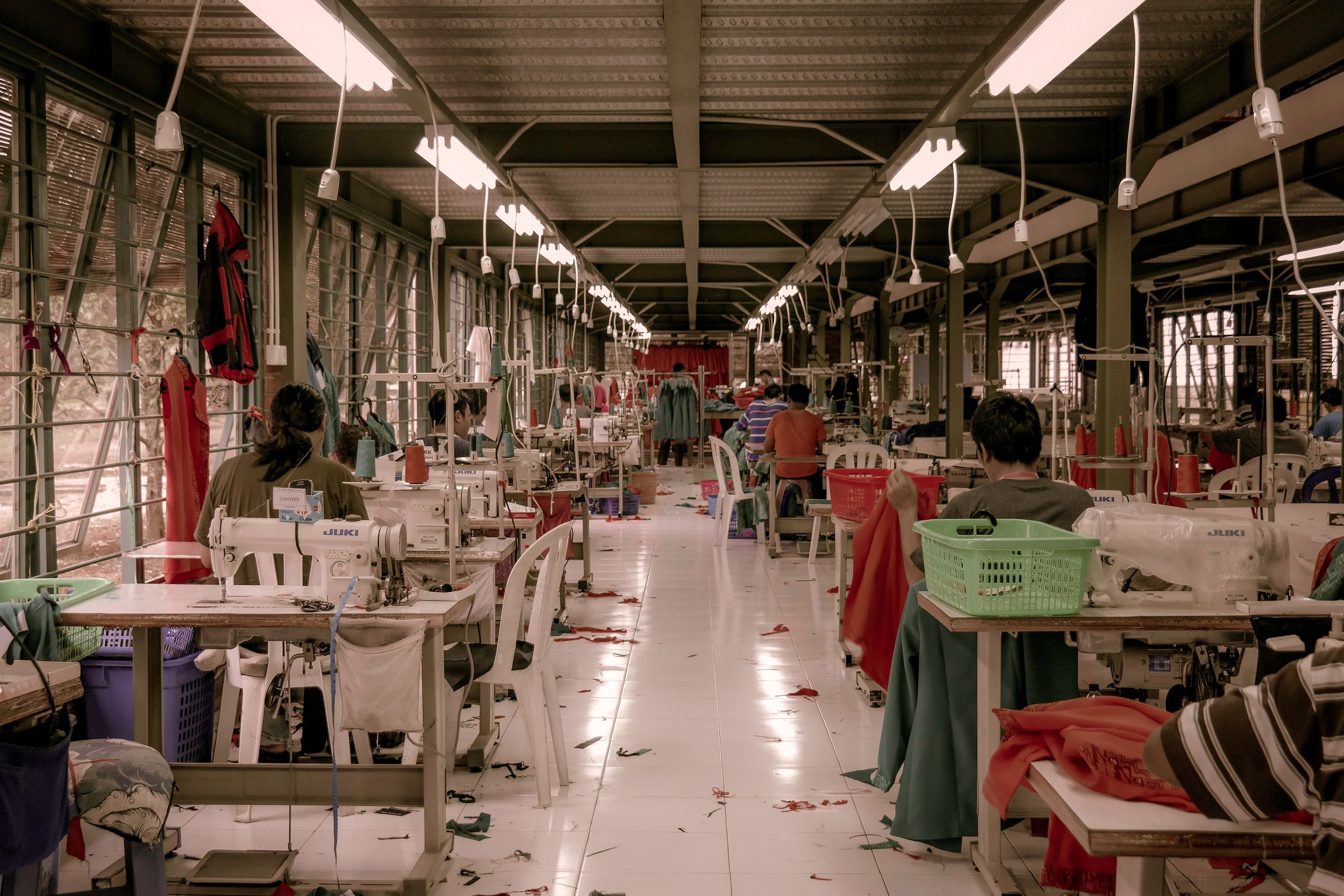Is Fast Fashion Destroying Our Environment?
Some of us start trends, some of us follow trends, and some of us make products for those trends. The gist is that lots of people like to follow trends, and one of the many different trends out there are fashion trends. These trends encapsulate what types of clothing are currently considered trendy and popular, and cause many consumers to buy them so that they might be considered “trendy” and “in” to their followers and friends.
Trendy clothes usually cost a lot as they’re oftentimes seen on the runway or on social media influencers, and that means good quality clothing. The problem is that some consumers can’t afford or don’t want to shell out a big amount of money, so they turn to fast fashion instead.
Fast fashion is a phrase used to represent in-demand clothing that is usually seen on fashion magazines or runways and is mass-produced to meet consumers’ needs. It is generally cheap and bad-quality, but good enough to imitate. The problem with it is that it’s really bad for the environment, as it uses a lot of resources to produce and creates a lot of greenhouse gases. This industry produces 10% of all the carbon emissions in the world and creates so much pollution that it “is the second most polluting industry on Earth” (BWSS). Furthermore, because of its quality, it usually doesn’t last long, and so it’s thrown away quickly which creates even more waste.
Not only do these companies create more than 90 million tonnes of waste and use up almost 80 million litres of water (which also pollute other clean bodies of water and cause some people and animals to have to live with contaminated water), but because of how cheap it is to produce, these companies usually hire workers but don’t pay them much. Plus, some of them have children as workers (contributing to child labour) and the working conditions in the factories are usually dangerous and can be detrimental towards their health, as they may have to work in poorly made buildings that could collapse top of them any second. They sometimes also have to work with toxic chemicals and don’t get special equipment and safety gear. These companies may also not offer health insurance to their employees, which adds more financial problems to a worker if they get sick or injured.

Luckily, there are alternatives to fast fashion, such as checking the brands before buying clothes to see if it is an eco-friendly, ethical company. Thrifting is another very popular alternative for many people, as it not only gives the clothes a new owner instead of piling up in a landfill, but there are also many vintage, discontinued, or special clothes that can’t be found anywhere else. You can also buy less or buy clothes that are good quality so that they’ll last a long time and you won't have to spend more money buying more clothes that aren’t as good, and there’ll be less waste. You can also donate your clothes to ensure that someone else will use it or rent clothes so that they won’t just go to the back of your closet for the rest of eternity after you’ve worn it and never needed it again. If the clothing is broken but not to an extent where it isn’t possible to fix, you can try to fix it or turn it into something new.
Livia Firth, a film producer, said that “fast fashion is like fast food. After the sugar rush, it just leaves a bad taste in your mouth”, and with it’s unethical and environmentally damaging impact, it’s causing more harm than good, and as Lucy Siegle, a journalist, said “Fast fashion isn’t free. Someone, somewhere is paying.” It just isn’t worth the cost to buy something that's just going to fall apart or only be used once, which’ll then go into the dumpster. Plus, someone out there is or is going to suffer the consequences because of it. To summarize all that I’ve said, please don’t buy those clothes, it’s simply not worth the cost.
Written by A.Chen
